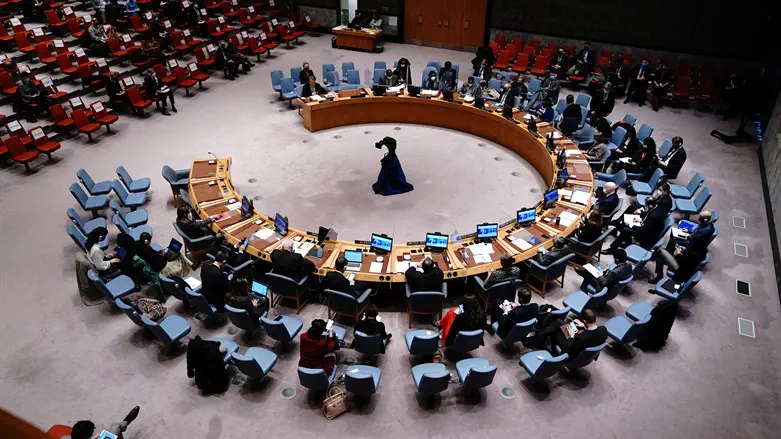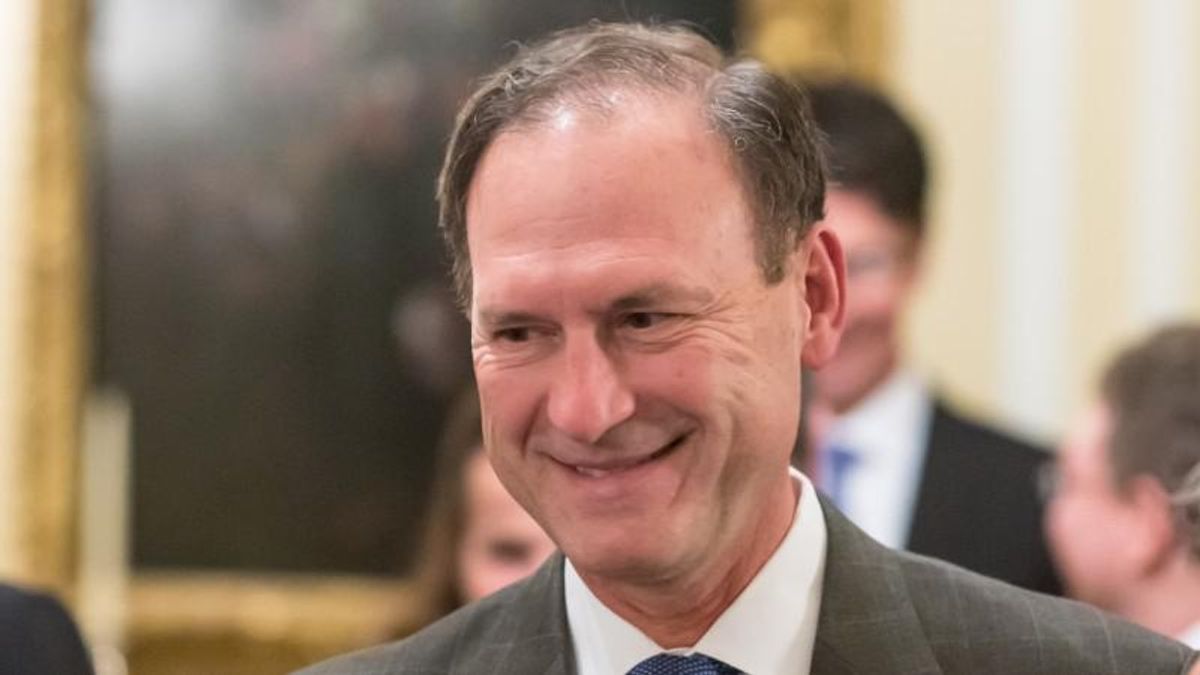
Worker cycles near a factory at the Keihin industrial zone in Kawasaki
By Daniel Leussink
TOKYO (Reuters) - Japanese wages are unlikely to grow as much as nationwide consumer prices over the coming year, almost 80% of economists said in a Reuters poll, which would be bad news for an economy that has hardly seen any real wage growth for more than two decades.
In a sign of further gloom, the world's third-largest economy will likely expand at a much weaker pace than previously thought this quarter, the poll showed, as it braces for fallout from a slowdown in the United States, China and Europe.
The prospect that nominal wage growth will lag price increases raises the risk that households could tighten their purse strings, further hurting the economy.
"It's certain that price growth will be greater (than that of wages) over the coming 12 months," said Hiroshi Namioka, chief strategist and fund manager at T&D Asset Management.
"While wages are rising, it's hard to expect them to increase more than CPI."
Japan's average wages have hardly risen since the early 1990s and were the lowest among Group of Seven (G7) economies last year, according to OECD data.
That is despite some signs wages are picking up as a rapidly ageing population aggravates labour shortages, and labour unions could step up demands for increasingly big pay rises next year.
Japan's nominal wages were highly unlikely to outgrow the overall year-on-year inflation rate over the coming 12 months, nine of 26 economists said.
Of the remaining 17 economists, another 11 said it was unlikely that nominal wages would outpace inflation over the same period. While six other economists expected consumer prices to increase faster than wages over the next year, none selected "highly likely".
The nationwide overall inflation rate last stood at a near eight-year high of 2.6% in July, and has stayed above 2% for four consecutive months through July, buoyed by rises in the price of fuel and raw materials globally.
Whether bigger wage rises will catch on as a wider trend will ultimately hinge on what tack the country's numerous small and mid-sized firms take, said Takumi Tsunoda, senior economist at Shinkin Central Bank Research Institute.
"The wage-raising momentum suffers from the sharp increases in raw material prices and so on," he said.
LOWER GROWTH
Analysts slashed their estimates for economic growth on expectations of a gloomier global outlook.
Japan's economy was now projected to expand an annualised 2.0% in the three months through September, the median forecast of 38 economists in the Aug. 15-24 poll showed, lower than 3.1% estimated in a July survey.
One economist estimated growth would grind to a halt this quarter.
Heightened fears of a global slowdown, driven in part by ramifications in Europe of Russia's war in Ukraine, are causing analysts to become more downbeat about the outlook for Japan's economy as well.
The economy grew an annualised 2.2% in April-June, the government said this month, coming in below median market forecasts for a 2.5% gain.
Economists in the poll slightly upgraded their forecast for the final quarter of the year, predicting the economy to expand another 2.2% on an annualised basis versus 2.0% growth expected in last month's poll.
The poll also found core consumer prices, which exclude volatile fresh food prices, would rise 2.3% this fiscal year through next March, and 1.1% in fiscal 2023.
The economy will grow 1.7% this fiscal year, followed by an estimated 1.3% growth in fiscal 2023, the poll showed, both down from higher forecasts in July.
(For other stories from the Reuters global economic poll:)
(Reporting by Daniel Leussink; Additional reporting by Kantaro Komiya; Polling by Arsh Mogre and Anant Chandak; Editing by Ana Nicolaci da Costa)












